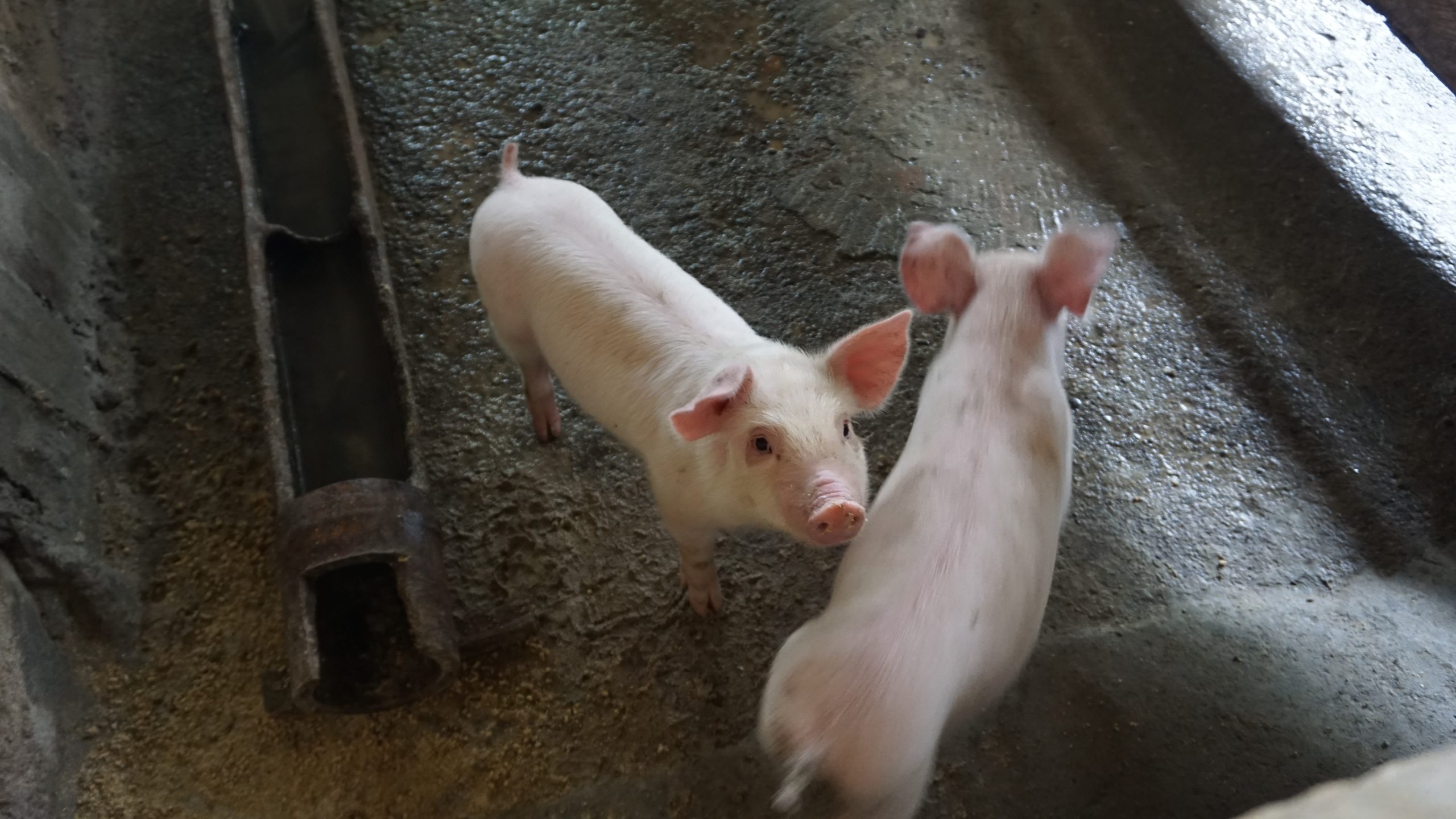
In Kanao-Kanao, Bonifacio, Misamis Occidental, most of the residents get their livelihood by growing corn, banana, and other crops.
Engaged in agricultural activities, most families raise a small number of pigs in their backyards. While the husbands are tending the farm, wives rear piglets until they reach their marketable age. Others prefer to sell it at two to three months old (no longer dependent on the mother’s feeding) to minimize the cost of buying feed.
In most rural areas, swine raising is a more traditional activity for livelihood since it requires small investment in building and equipment, proper feeding, and disease prevention knowledge. From two to three pounds at birth, this animal can be nurtured for market in between 6 and 7 months. Under best management conditions, it is capable of producing 2 liters per year because of its polyestrous cycle.
In 2019, the CoViD-19 pandemic brought a range of new challenges to the agricultural sector because of the global restrictions that prevented market access and impeded usual economic activities. The farmers are unable to harvest their fields or load produce for transport. Not being able to quickly market their perishable products such as fruits and vegetables resulted in food loss and wastage.
Called to lead in the government’s economic recovery efforts, the Department of Agriculture implemented agriculture response programs such as the Plant, Plant, Plant Program which was launched in 2020 to strengthen the local food systems.
In support of this, the Special Area for Agricultural Development (SAAD) Program of DA-10 distributed farm inputs for crops, livestock, and poultry, urging farmer-beneficiaries in the covered areas to continue farming and increase production.

The Kanao-Kanao Small Farmer’s Association (KSFA) with 42 members organized on July 18, 2004, was chosen as the beneficiary of the program’s Swine Production Project.
Farmers were trained with new knowledge on proper feeding and disease control prior to receiving the inputs.
The Swine Production project intended for a backyard setting has impelled the members to prepare housing for the animals from the materials provided by the program as part of the package.
Each farmer received 2 gilts, 400 bags of gestating feeds, 344.75 bags of lactating feeds, 6 bottles of drugs and biologics, and piggery housing materials, amounting to Php 104,885.
Three months later, the gilts were artificially inseminated for reproduction. This process introduces superior genes to the sow herds, with minimal risk of disease transmission, especially during the African Swine Fever (ASF) threat.
Most members had their sows pregnant. They market the piglets after weaning, while some engage in hog fattening and sell them in live weight.
Tangible outcome
Sufficient knowledge and good management resulted in successful project implementation. The group already earned a combined Php 1,273,210 from selling piglets and fattened hogs (Table 1).Table 1. Income from piglets and fattened hogs
| Sow | First – Third Cycle | Fattened Hogs | Gross Income (Php) |
|||
| Total piglets produced (head) |
Sold piglets (head) |
Sales (Php 2,000 – 2,500/head) |
Total sold (kg live wt) |
Sales (Php 120-140/kg live wt) |
||
| 1 | 498 | 239 | 542,200.00 | 2,952 | 356,546.00 | 898,746.00 |
| 2 | 282 | 108 | 264,750.00 | 1,229 | 109,714.00 | 374,464.00 |
| Total | 780 | 347 | 806,950.00 | 4,181 | 466,260.00 | 1,273,210.00 |
“Akong halin sa pagbaligya sa baktin kay akong gigamit pagpalit ug feeds kay wala hurot man ang free nga gihatag sa SAAD,” shared Mr. Crisencio Sumalinog, the president of KSFA referring to where he used his income.
(I used my income from selling piglets to buy feed because the free feed provided by the program was consumed.)
He added that patience is needed in pig farming.
“Katong mga halin, dako gyud kaayo to ug katabang sa akoa kay pandemic tapos akong bana nakauli 6 months wala gyud siyay trabaho, may gani kay naa me baboyan, nakahatag gyud siyag dako kaayong tabang sa amoa. Ang baboy among gibuhi, ang uban among gibaligya, pag mahutdan na me ug feeds, kato among gipadako, amo napud tong ibaligya para makapalit me ug feeds, arun makasurvive among mga anay arun naa me ipakaon.” Shared Mrs. Daryl Tubal, member of KSFA.
(Our income helped us because my husband was jobless for 6 months during the height of the pandemic. Thankfully, we have this small piggery that allows us to buy our basic needs. We reared the piglets, some we sold after weaning, to support the feeds for the sows and the grow-out.)
Another member, Mr. Japet Romo shared that he went on fattening the hogs and sold them in live weight to the local market. This way, his income was augmented.
“Makatabang gyud sa amo nga naa me lain panginabuhian. Pasalamat me sa mga nagdumala sa SAAD kay nakatabang siya ug solbad sa problema namo sa financial,” averred Mr. Romo.
(This helped us with additional income. We are very thankful to the SAAD implementers because they aided in solving our financial problems.)
From his two production cycle income, he built a house with a small store for his newly-wed son.
As of December 2021, some of the sows are already on their third cycle and expected to give birth in the first quarter of 2022.
As part of the association policy, the members were required to turnover four piglets for each gilt received. In fact, 109 piglets were already transferred to 55 new grantees of the SAAD project in barangays Buenavista, Upper Usogan Tusik, Poblacion, Tabugon, and Bag-ong Anonang (Table 2).Table 2. KSFA rolled over pigs to the next-in-line beneficiaries (42 members)
| Location (barangay) |
Rolled-over piglets | No. of new beneficiaries | Old beneficiaries | Rolled-over accountability |
| Buenavista | 15 | 8 | 2 | – |
| Kanao-Kanao | 54 | 32 | 26 | 147 |
| Upper Usogan | 4 | 4 | 1 | 4 |
| Tusik | 9 | 5 | 2 | 7 |
| Poblacion | 15 | 4 | 4 | 17 |
| Tabugon | 8 | 1 | 1 | – |
| Bag-ong Anonang | 4 | 1 | 1 | 4 |
| Total | 109 | 55 | 37 | 179 |
Note: 5 members have not yet turned over piglets because their sows are yet in pregnancy and farrowing stage

To maintain cooperation between the group members, each is encouraged to actively participate in monthly meetings. If not, they have to pay a penalty. Through these community meetings, the group addresses the individual struggles in pig raising by discussing them and providing solutions.
“Maningkamot me ug magdasigay para magkahiusa me kay kung dili me magkahiusa, katag katag me ani ug atiman sa project. Kung naay problema ang mataag-sa, magtinabanga me para mapangitaan ug solusyon,” shared Mr. Romo.
(We persevere and encourage each other to stay in the group. Because if we won’t, we will work alone on the project. Whereas if we are together, we can raise our problems and help each other to look for solutions.)
Project sustainability
Sows will stop giving birth until its 6th to 7th cycle. For them to sustain the project without assistance from the program, they plan on using their income to buy new piglets to restock their swine production project. From here, they will be selling pork meat, fattened hogs, and further venture into roasting pigs (lechon). To minimize their expenses in buying commercial feeds, they hope to acquire training on feed formulation and avail of free feed mill equipment.
Writer: Jennifer A. Valcobero, SAAD NPMO Public Relation and Comms Officer
Sources of Data: DA-SAAD 10 and Elvie Cagatan, SAAD Misamis Occidental Area Coordinator


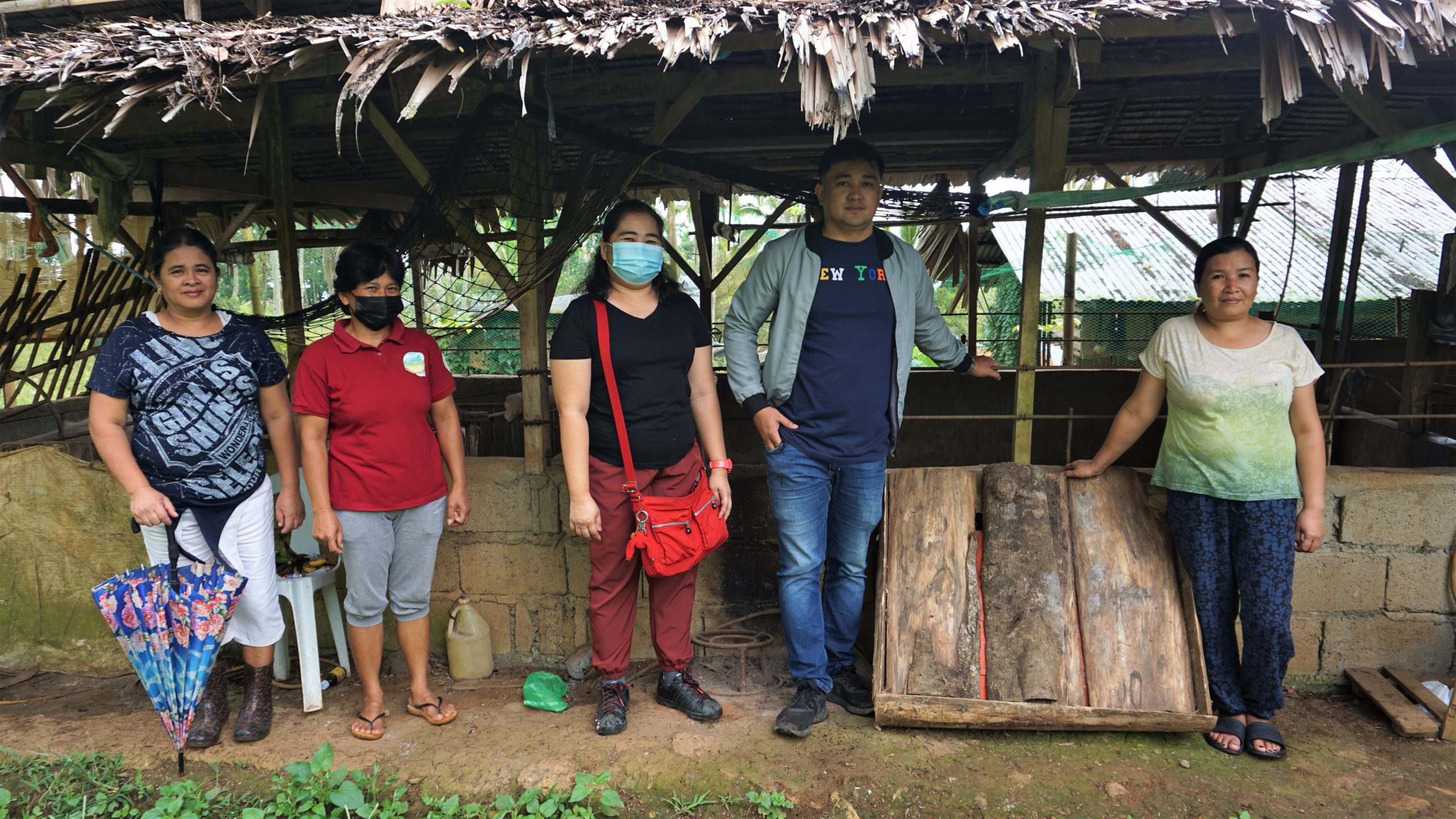
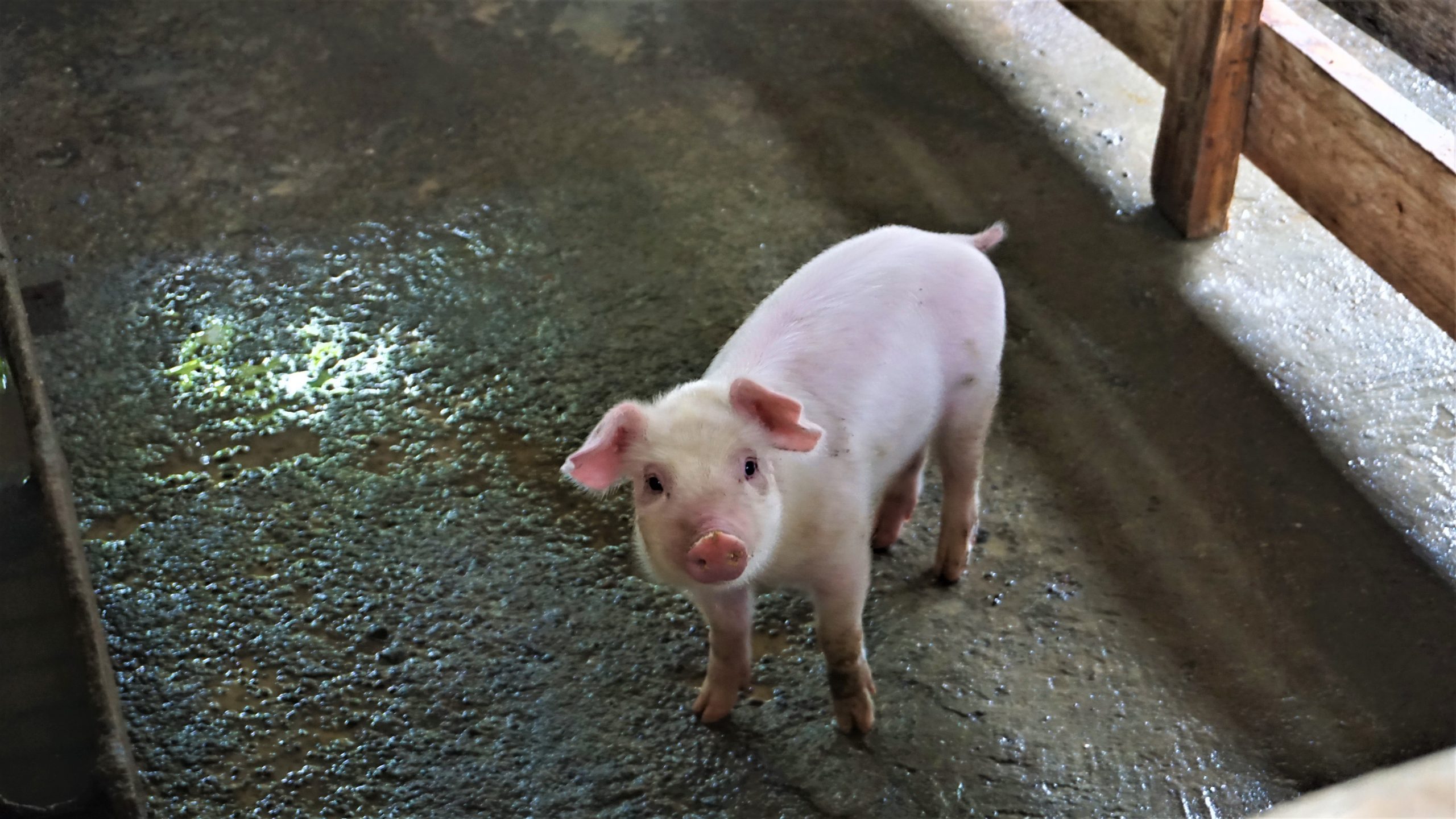

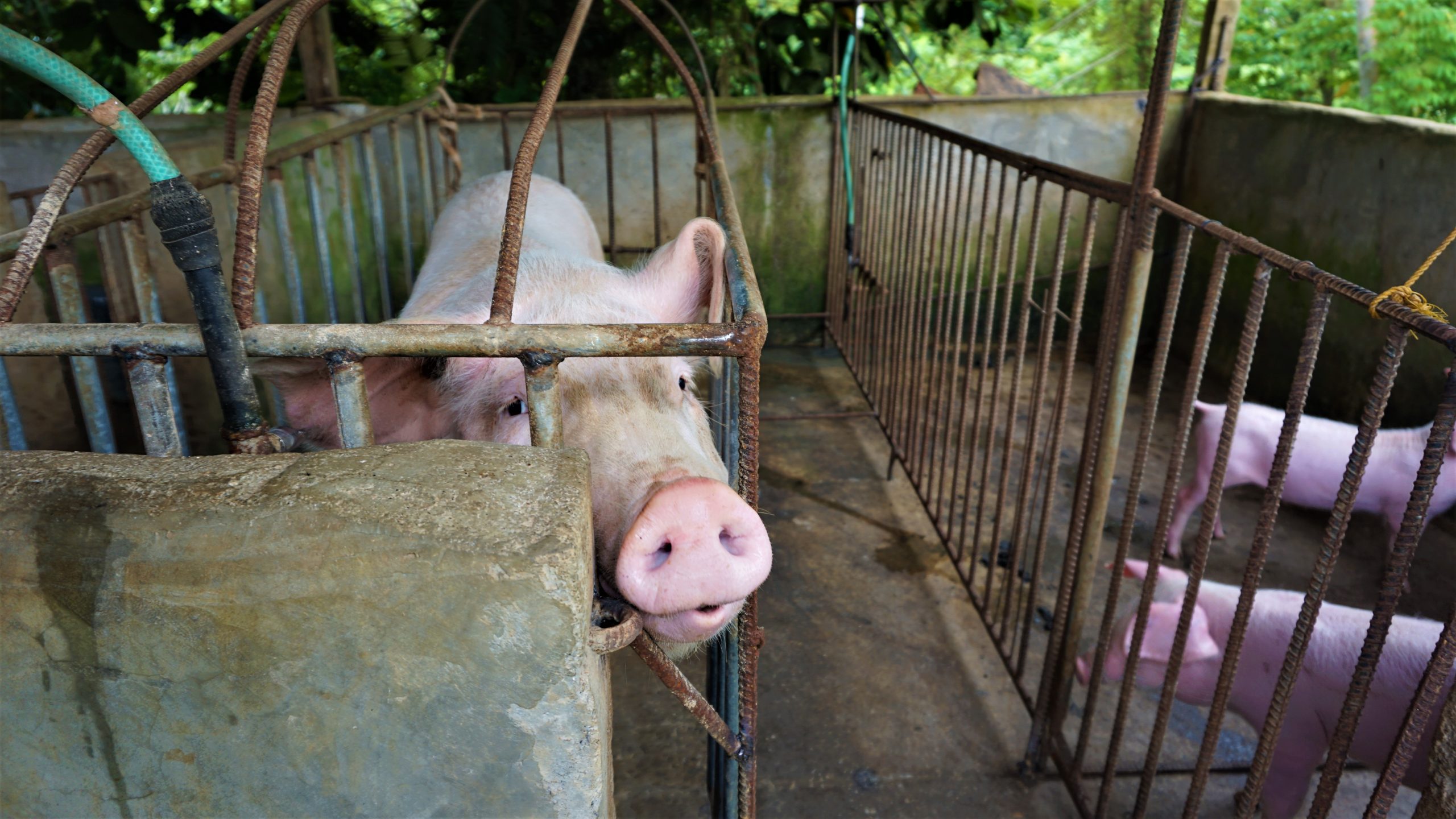


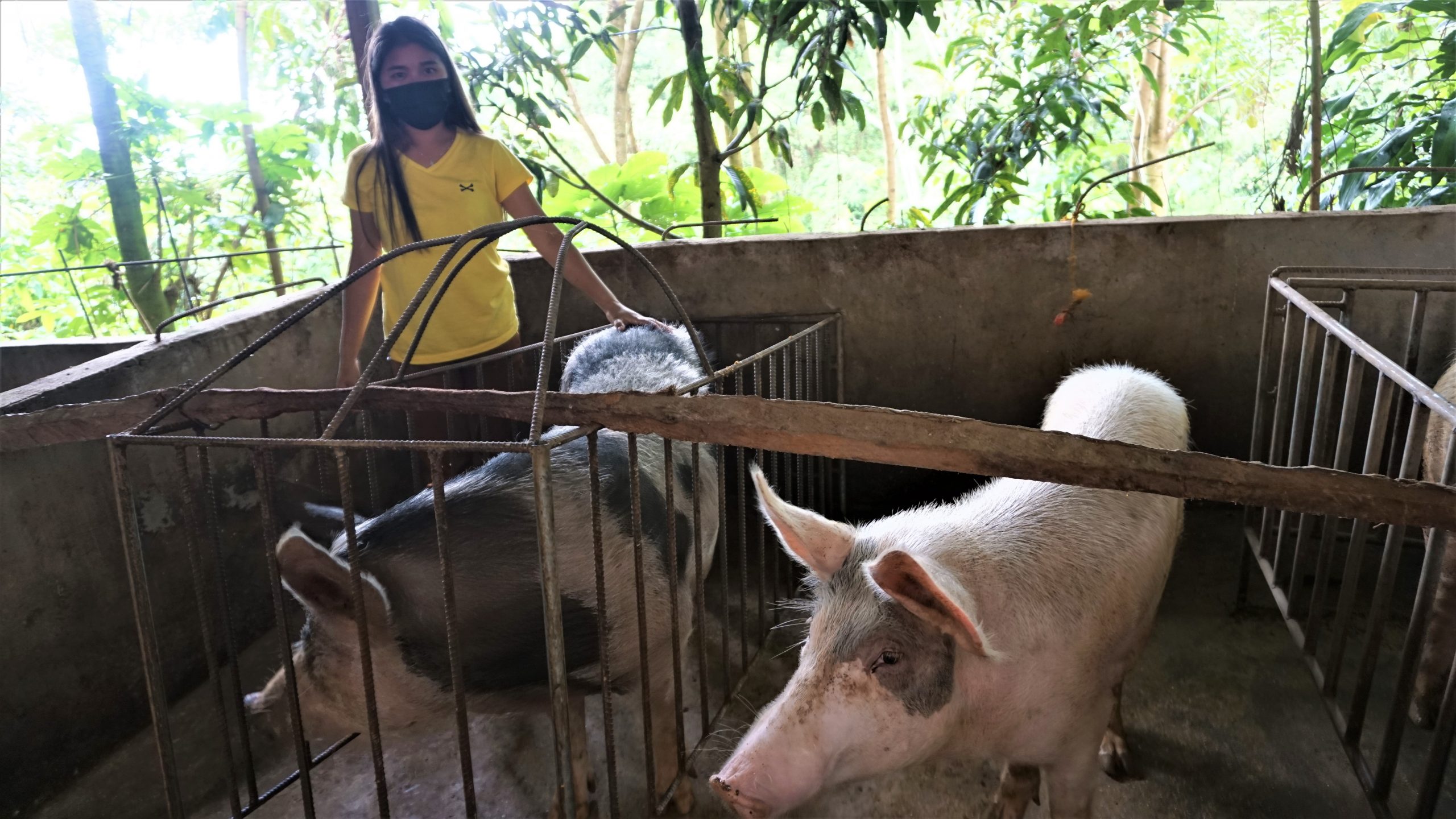
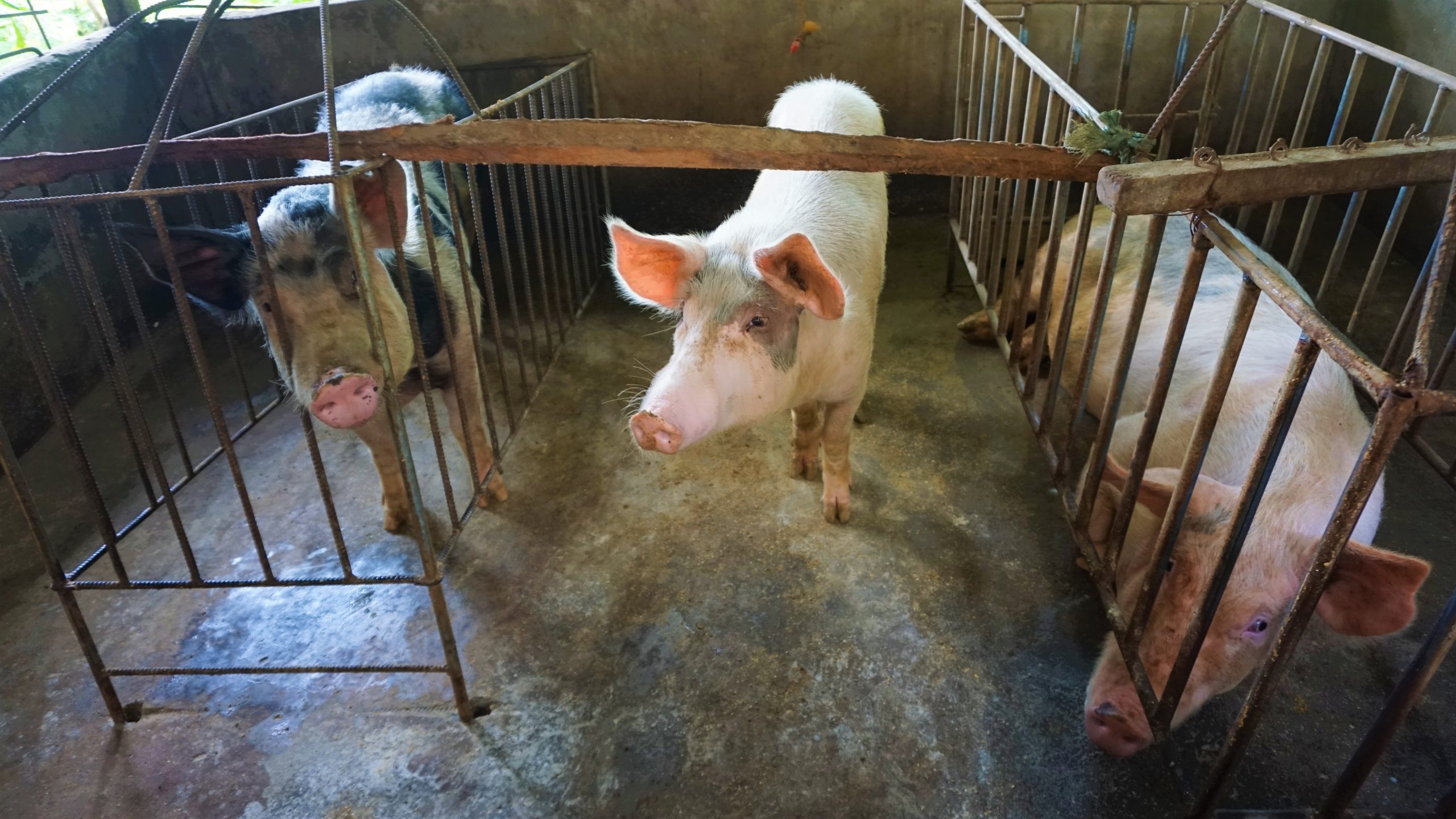
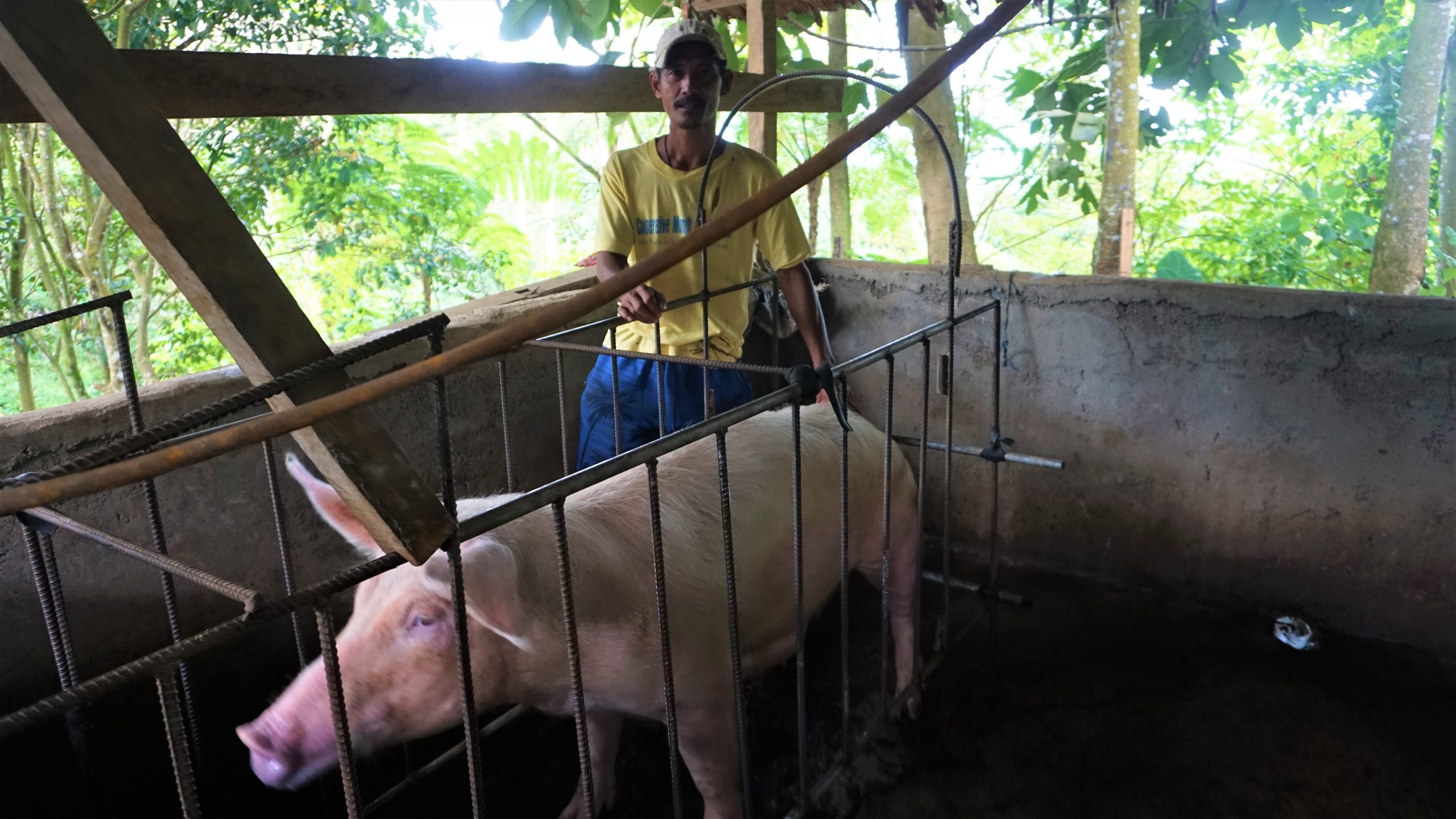

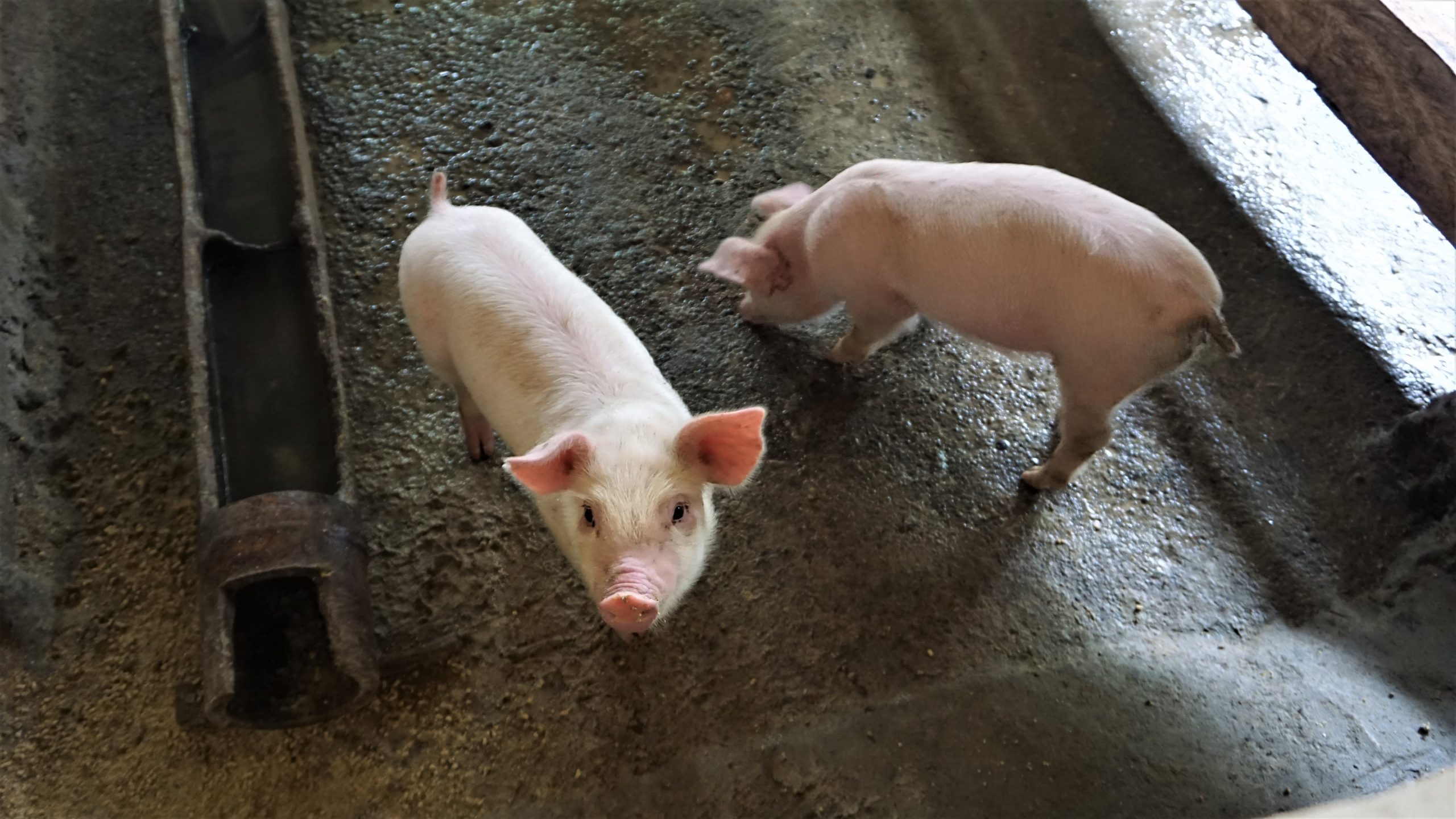
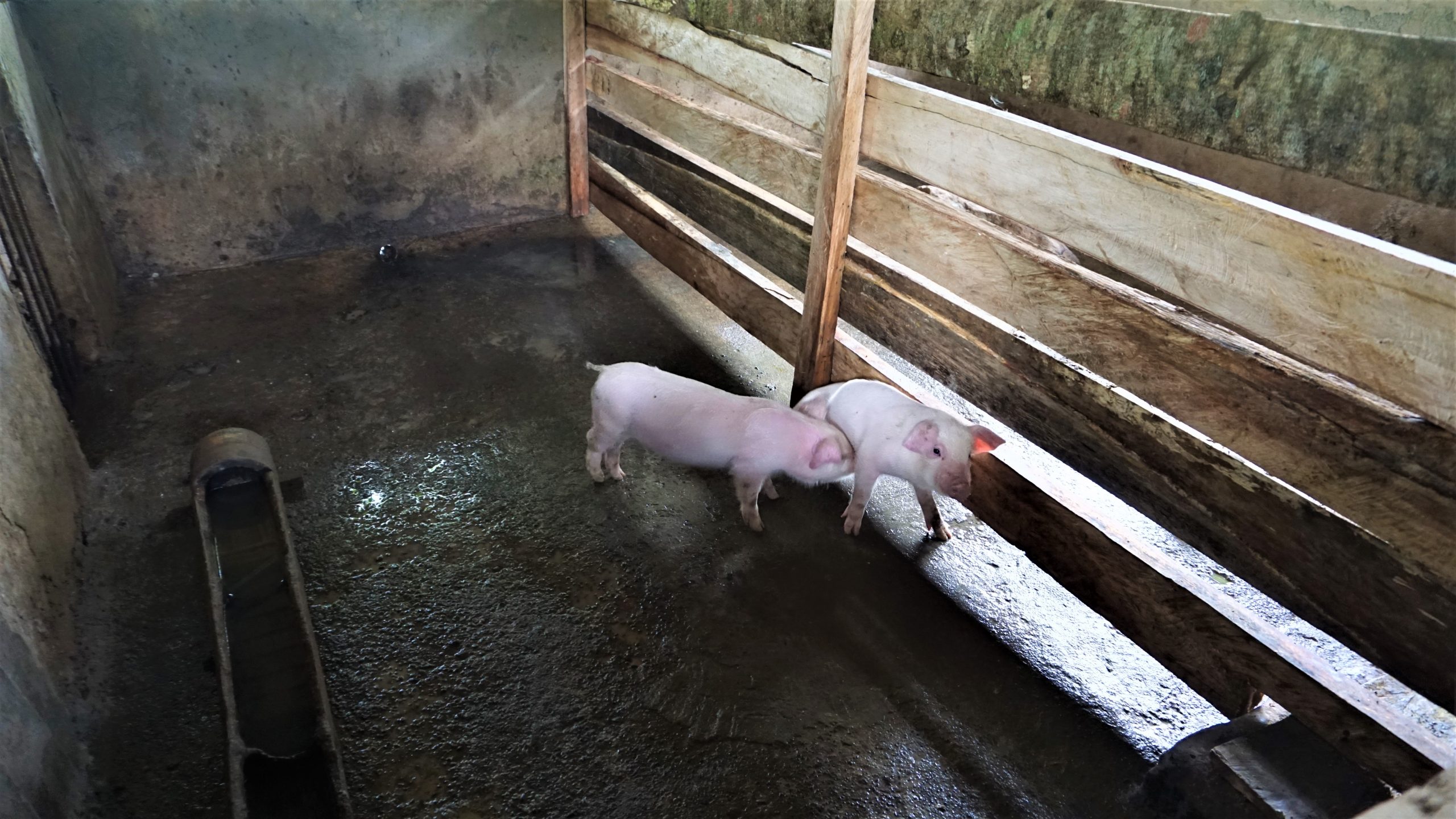
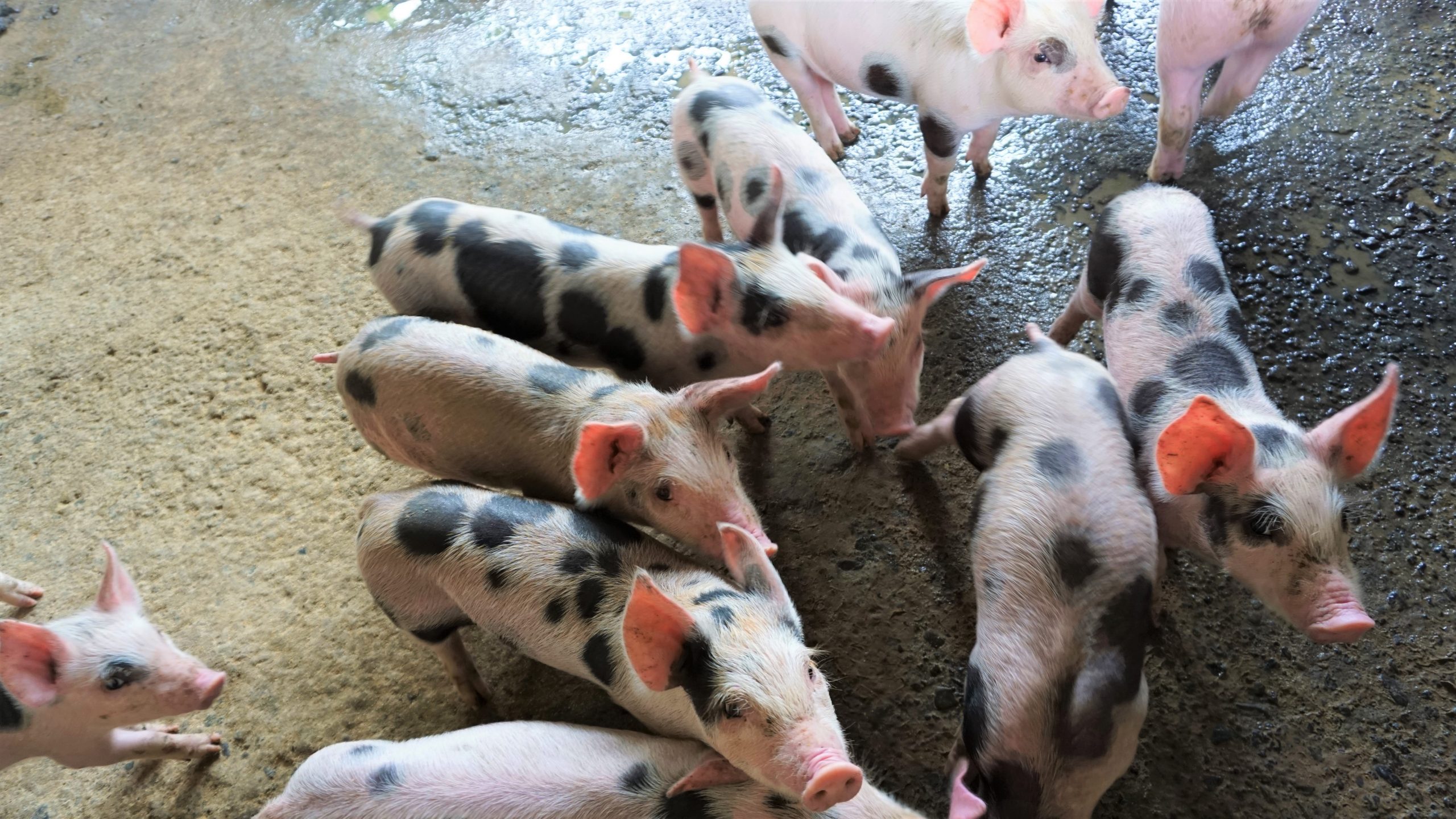
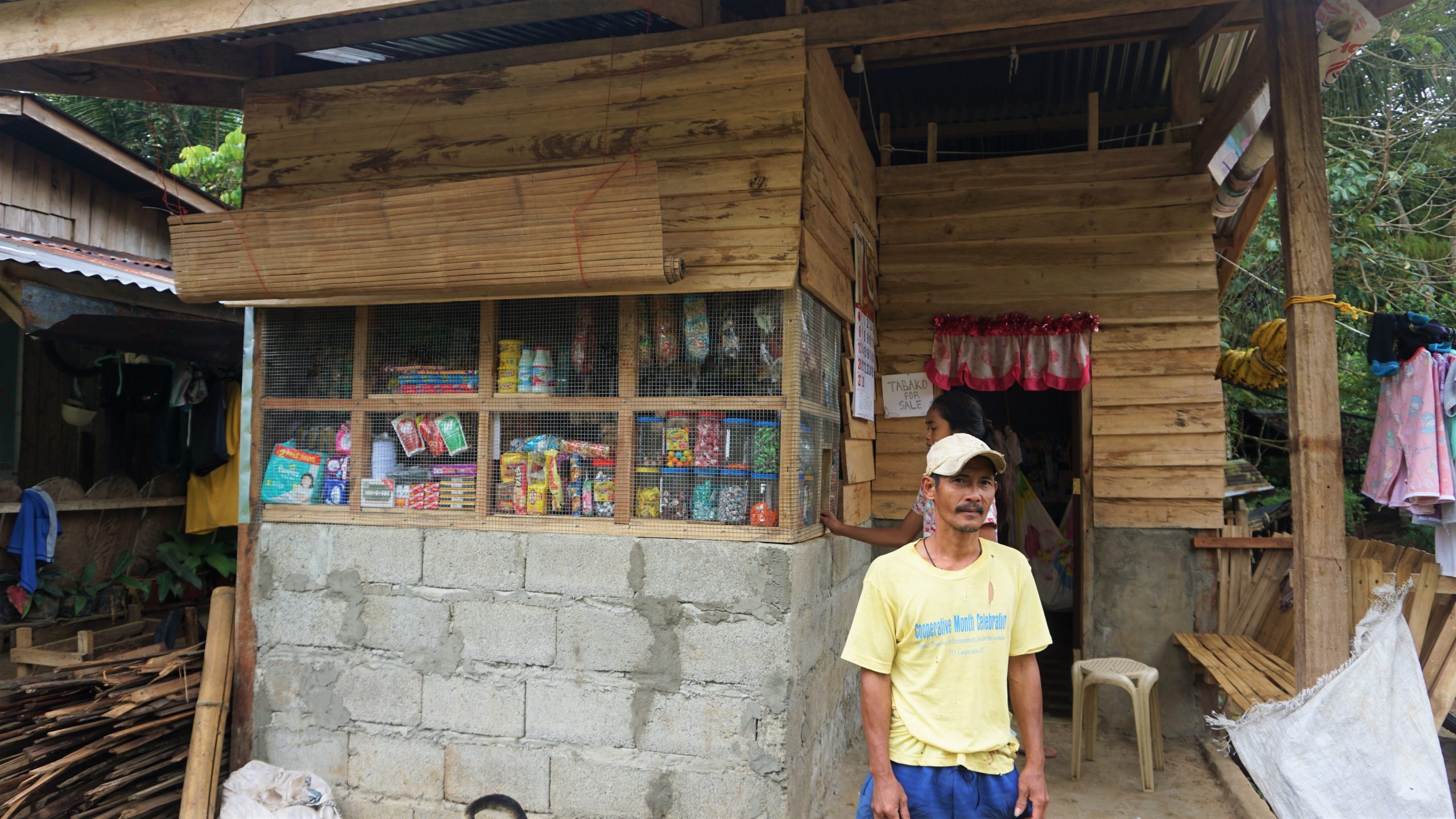
Comments (0)